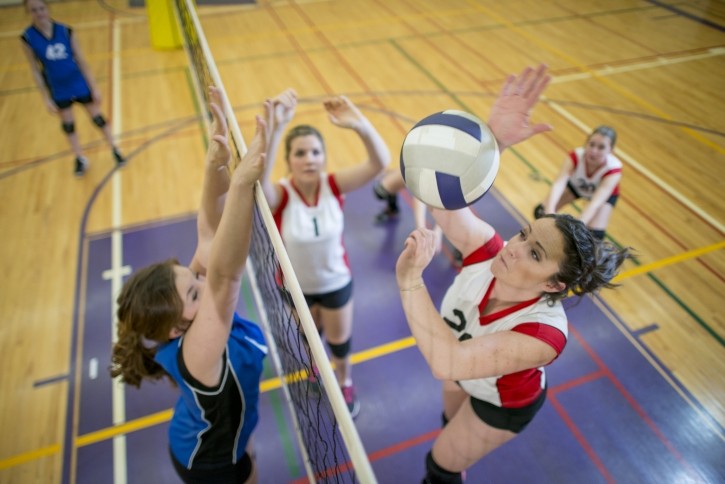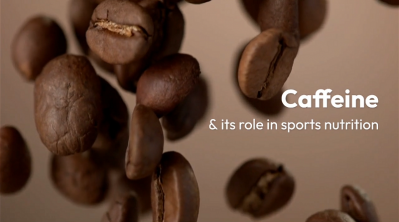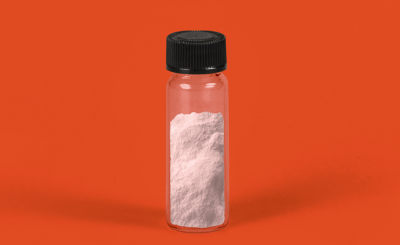Beetroot juice intake found to improve muscle recovery among female athletes after high-pressure training – Iran RCT

The beetroot juice group saw significant decreases in perceived muscle soreness after 12, 24 and 48 hours of the exercise-induced muscle damage (EIMD) (p < 0.05), compared to the placebo group.
Significance was also noted in the perceived muscle soreness for the placebo group that lasted from after 24 hours of EIMD to 48 hours (muscle damage = 10.25; p = 0.003). None of that was noted for the beetroot group (p > 0.05).
For specific functional tests conducted 30 days after the first phase, the beetroot group performed better than the placebo group when it comes to wall-sit exercise (p < 0.005), and experienced less muscle swelling and perceived muscle soreness (p < 0.005).
No significant difference was observed between the beetroot and placebo groups when it came to V sit and reach and vertical jump height (p > 0.05).
The results were based on a crossover, randomised, and double-blinded study design conducted during two phases with a 30-day interval. It involved 12 young female semi-professional volleyball players with almost five years of volleyball experience.
Study design
The first phase composed of the EIMD, while the second phase is composed of the functional tests. All participants were randomly assigned to the beetroot group (n=6) and placebo group (n=6).
After the first phase, they were prescribed with 400 mL of either beetroot juice or the placebo per day for two days. They were directed to consume them at 2, 6, 10, 14, 26, 30, 34 and 38 hours after EIMD.
The beetroot juice was prepared from red beet in Zarghan Lepoi Farms, Shiraz, Iran. Since the taste could not be matched, the participants were concealed of the study objectives.
Their perceived muscle soreness after the first phase was measured with a visual analog scale (VAS) scale at 12, 24 and 48 hours after EIMD.
The second phase was conducted 30 days after the first, where all participants underwent functional tests such as V-sit and reach flexibility test, vertical jump height and wall-sit.
Their respective performances from the functional tests; and measurements around muscle soreness symptoms, such as perceived muscle soreness, thigh swelling, and pressure pain threshold, were accounted for afterwards.
Previous research elicited contradictory evidence around the effectiveness of beetroot juice supplementation on muscle recovery.
Additionally, these studies were conducted around cycling and swimming performance that have different movements and contractions from volleyball. The paper posited an underrepresentation of women in the research topic.
Thereby, the international team of researchers coming from Iran, United States, and Japan, had wanted to investigate the effect of oral beetroot juice supplementation among female volleyball players after an EIMD on the recovery of functional parameters.
NutraIngredients had previously written about another European study on the effect of beetroot juice on muscle recovery between sprint exercises.
Mechanism at work
The researchers proposed multiple mechanisms at work explaining the ability of beetroot juice to aid in muscle recovery:
“The analgesic effects of BRJ supplementation have been mainly attributed to its active phytochemicals (betalain and plant polyphenols). Therefore, the reduction in MS-48h after BRJ supplementation in the present study may be caused by the anti-inflammatory and antioxidant compounds of BRJ.
“In addition to plant polyphenols, BRJ contains large amounts of nitrates, which increase the available levels of NO in the body. Based on the available evidence, NO can activate the nociceptors of C fibers and increase pain sensation. Hence, increased NO may counteract the analgesic effects of polyphenols in BRJ.
“Moreover, NO has been suggested to activate satellite cells and increase follistatin to repair the damage caused by muscle pain. Therefore, one potential reason for pain reduction and improved muscle endurance performance in the present study may be improving the repair process via NO.
Why the lack of difference for specific functional tests?
Jones et al. (2021) explained that time interval of functional tests and exercise can affect improvements in vertical jump height and maximal voluntary isometric strength during recovery.
For example, the beneficial effect of beetroot juice supplementation on muscle recovery for maximal voluntary isometric strength was only observed at 72 hours after exercise, and had no effect at intervals of 30 minutes, 24 hours, and 48 hours after exercise.
Previous studies eliciting the positive effect of beetroot juice supplementation on functional tests like vertical jump and aerobic exercises have also been inconclusive. One paper found that the heterogeneity of reviewed results was reported to be 67% or more, suggesting a large variability of data across reviewed studies.
The researchers also hypothesised that gender difference in the participants might partially explain the disparity in the results, as most studies are predominantly male participants.
The researchers concluded by highlighted the need for “more studies on the timing, dosage, and manipulation of BRJ compounds and their effects on the recovery of performance indicators and muscle soreness should be conducted on female athletes in order to expand on [their] outcomes.”
Source: nutrients
“Effect of Beetroot Juice Supplementation on Muscle Soreness and Performance Recovery after Exercise-Induced Muscle Damage in Female Volleyball Players”
Authors: Hemmatinafar, M., et al.










